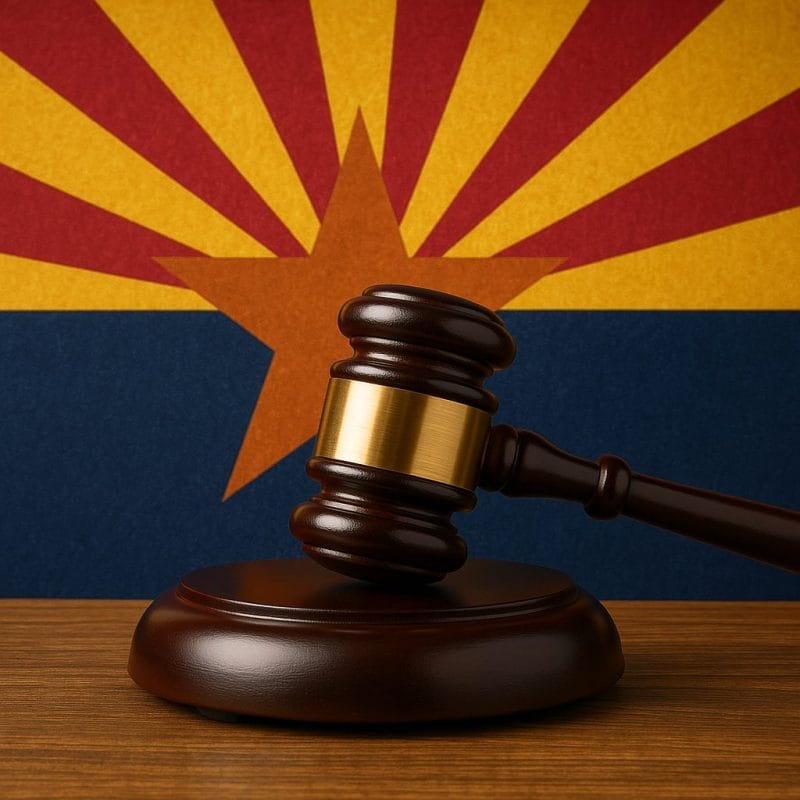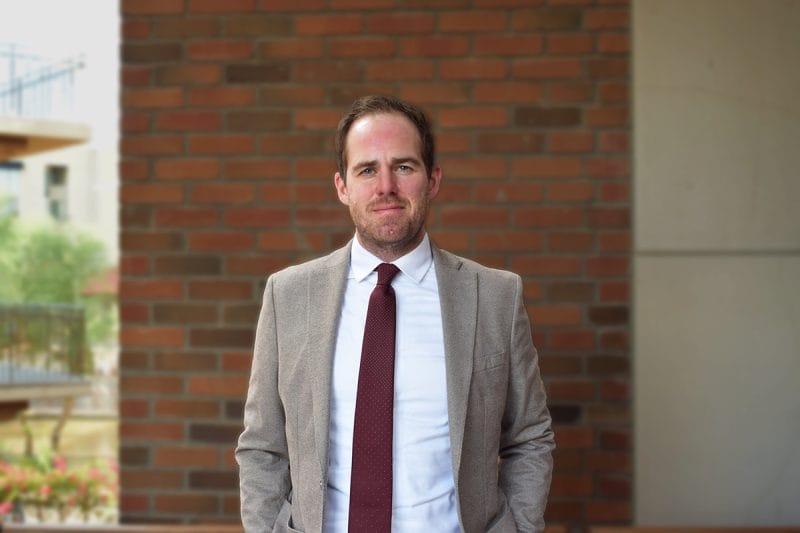The New York Times
We continue our Presidential Geography series, a one-by-one examination of each state’s political landscape and how it’s changing. Here is Arizona, the Grand Canyon State. FiveThirtyEight spoke with Bruce Merrill, David Berman and Joseph Garcia of Arizona State University’s Morrison Institute for Public Policy. Mr. Merrill and Mr. Berman are senior research fellows, and Mr. Garcia is the director of the institute’s Latino Public Policy Center. FiveThirtyEight also spoke with Chip Scutari and Dave Cieslak, co-founders of the political consulting firm Scutari & Cieslak Public Relations.
While the Republican primaries were still unfolding, the Obama campaign suggested it could compete in Arizona. That looks to have been a bit optimistic: polls show Mitt Romney leading comfortably.
But the idea that Arizona would be a battleground in 2012 made some sense. President Obama made substantial gains in the Southwest in 2008, carrying three of Arizona’s neighbors — Nevada, Colorado and New Mexico — that had voted Republican in 2004. Arizona was the exception, but Mr. Obama had a good excuse: there was an Arizonan on the ballot, Senator John McCain.
In 2012 that would not be an issue; Mr. Romney has a lot of “home” states (he was governor of Massachusetts, grew up in Michigan and has a vacation home in New Hampshire), but Arizona isn’t one of them.
In addition, Democrats have some advantages in the Grand Canyon State. It is almost one-third Hispanic, the fourth-highest share in the nation, and polls show Latinos favoring Mr. Obama over Mr. Romney by about two to one. Arizona is also the ninth-most-urban state by population, with a majority of its residents clustered in and around Phoenix.
Nonetheless, Arizona simply isn’t that near to the tipping point. In a presidential election that is at all close nationally — and the 2012 race is certainly close — Arizona is not a truly competitive state, yet. (More on that yet in a moment.)








